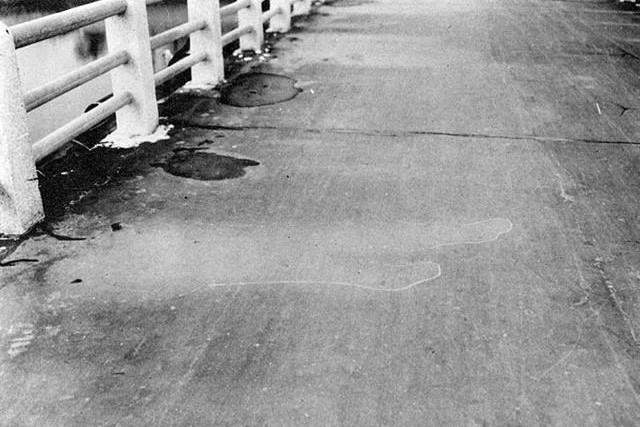
Why Atomic Bomb Left People’s Shadows on Sidewalks in Hiroshima?
August 6, 1945, was a day that would be etched in history forever. The United States dropped an atomic bomb on Hiroshima, Japan, causing widespread destruction and loss of life. The aftermath of the bombing was a scene of utter devastation, with buildings reduced to rubble and people’s bodies charred beyond recognition. But amidst the chaos, a peculiar phenomenon caught the attention of scientists and historians alike: the shadows of humans and other objects left on the sidewalks and buildings.
These shadows, now known as “atomic shadows,” were a haunting reminder of the devastating power of the atomic bomb. They were found on various surfaces, including sidewalks, buildings, and even trees. The shadows were dark and clear, as if the objects that cast them had been frozen in time. But what caused these shadows to remain intact despite the intense heat and radiation of the bomb?
Dr. Michael Hartshorne, a renowned scientist, provides some insight into this phenomenon. According to him, the intense light and heat from the atomic bomb bleached the surrounding concrete, leaving areas shielded by humans and other objects as dark shadows. The objects in the path had absorbed light and energy, effectively casting a shadow on the surrounding surface.
To understand this process, it’s essential to grasp the physics involved. When an object is exposed to intense radiation, it can absorb energy and heat. In the case of the atomic bomb, the radiation released was so intense that it could vaporize metal and concrete, causing widespread destruction. However, when an object was in the path of the radiation, it absorbed some of the energy and heat, creating a “heat shadow” or “dark shadow.”
In the case of Hiroshima, the buildings and sidewalks were made of concrete, which is a porous material that can absorb energy and heat. When the atomic bomb exploded, the intense radiation and heat caused the concrete to bleach, leaving the areas shielded by humans and other objects as dark shadows. This phenomenon was observed in various parts of the city, including the hypocenter of the blast, where the radiation was most intense.
The atomic shadows found on the sidewalks and buildings of Hiroshima serve as a poignant reminder of the devastating effects of the atomic bomb. They are a testament to the power of science and technology, as well as the devastating consequences of its misuse. The shadows also provide a glimpse into the lives of the people who lived in Hiroshima, including the countless lives lost and the trauma inflicted on the survivors.
In the years that followed the bombing, the atomic shadows became a symbol of the destruction caused by the atomic bomb. They were often used as a reminder of the devastating consequences of using such weapons, and as a warning against the dangers of nuclear proliferation.
The story of the atomic shadows also highlights the importance of preserving historical evidence. The shadows were an important part of the historical record, providing a tangible link to the events of that fateful day. Today, many of the atomic shadows can still be seen in Hiroshima, serving as a reminder of the devastating power of the atomic bomb and the importance of preserving history.
In conclusion, the atomic shadows left on the sidewalks and buildings of Hiroshima are a powerful reminder of the devastating effects of the atomic bomb. They were caused by the intense light and heat from the bomb, which bleached the surrounding concrete, leaving areas shielded by humans and other objects as dark shadows. The atomic shadows provide a poignant reminder of the devastating consequences of the atomic bomb and the importance of preserving historical evidence.
Source:
https://www.osti.gov/opennet/manhattan-project-history/Events/1945/hiroshima.htm






